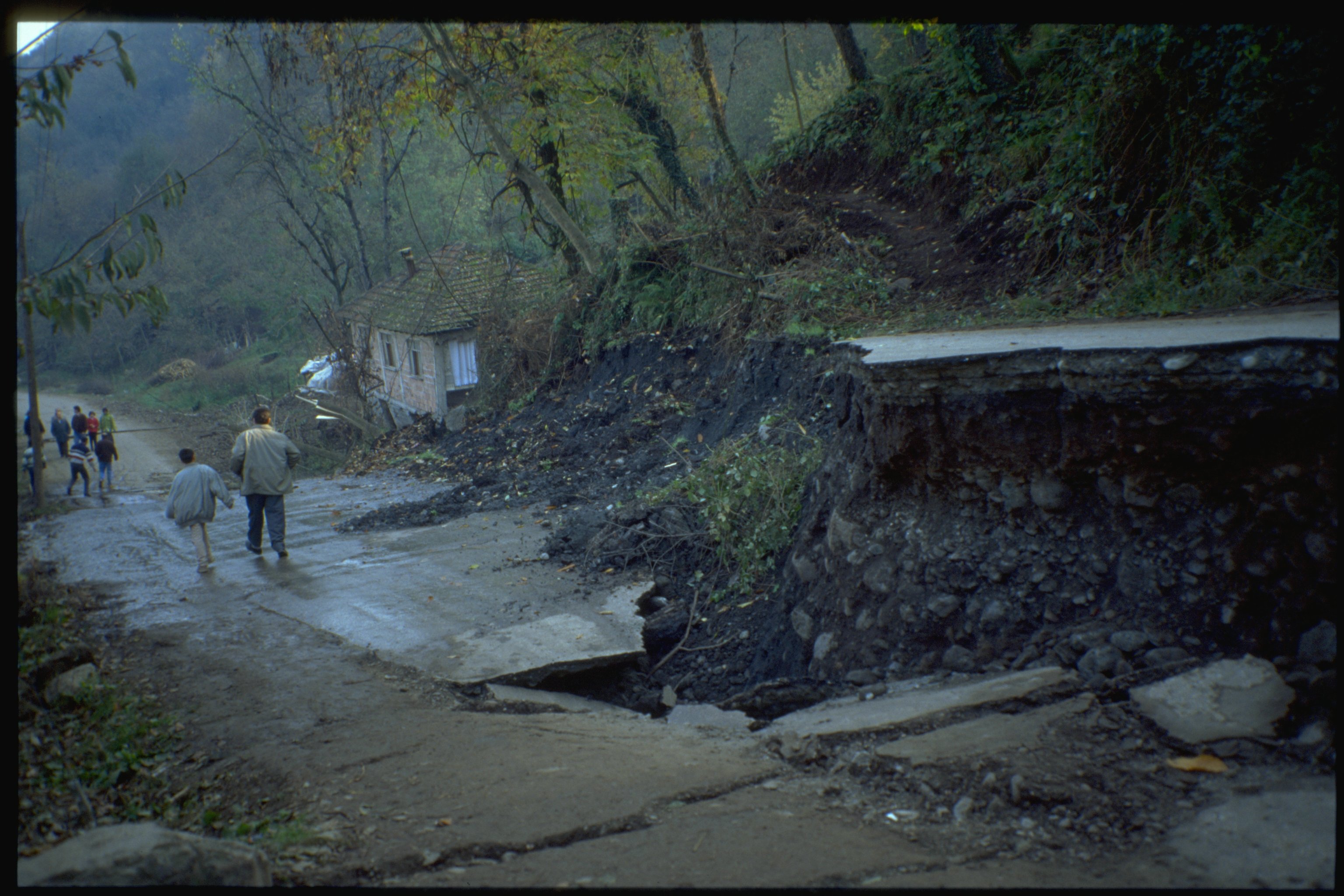All Categories
Featured
Table of Contents
Geophysical Surveys & Mapping - Ecs Limited in Highgate WA 2020

(PREM)., and the boundaries between layers of the mantle are consistent with stage shifts.

Schematic of Earth's magnetosphere. Flows from left to.
Inside the magnetosphere, there are reasonably dense areas of solar wind particles called the Van Allen radiation belts. Geophysical measurements are normally at a particular time and place. Accurate measurements of position, together with earth contortion and gravity, are the province of geodesy. While geodesy and geophysics are different fields, the 2 are so carefully linked that many scientific organizations such as the American Geophysical Union, the Canadian Geophysical Union and the International Union of Geodesy and Geophysics encompass both.
Geophysical Surveying in Girrawheen Australia 2023
A three-dimensional position is computed utilizing messages from 4 or more visible satellites and described the 1980 Geodetic Reference System. An option, optical astronomy, integrates huge coordinates and the regional gravity vector to get geodetic coordinates. This method just supplies the position in 2 coordinates and is more difficult to utilize than GPS.
Gravity measurements became part of geodesy because they were required to associated measurements at the surface area of the Earth to the recommendation coordinate system.
Water level can likewise be measured by satellites utilizing radar altimetry, contributing to a more accurate geoid. In 2002, NASA introduced the Gravity Recovery and Environment Experiment (GRACE), in which 2 twin satellites map variations in Earth's gravity field by making measurements of the distance in between the 2 satellites using GPS and a microwave ranging system. Satellites in space have actually made it possible to gather data from not only the visible light area, however in other locations of the electro-magnetic spectrum. The worlds can be identified by their force fields: gravity and their electromagnetic fields, which are studied through geophysics and area physics. Measuring the modifications in velocity experienced by spacecraft as they orbit has actually permitted great details of the gravity fields of the planets to be mapped.
Consumer Guide To Geological And Geophysical Services ... in Wattleup Aus 2023

Because geophysics is worried with the shape of the Earth, and by extension the mapping of features around and in the planet, geophysical measurements include high precision GPS measurements. As soon as the geophysical measurements have actually been processed and inverted, the analyzed results are plotted utilizing GIS.
Numerous geophysics business have actually designed in-house geophysics programs that pre-date Arc, GIS and Geo, Soft in order to fulfill the visualization requirements of a geophysical dataset. Expedition geophysics is used geophysics that frequently utilizes remote noticing platforms such as; satellites, aircraft, ships, boats, rovers, drones, borehole noticing devices, and seismic receivers.
Aeromagnetic information (airplane gathered magnetic data) collected utilizing traditional fixed-wing aircraft platforms must be fixed for electromagnetic eddy currents that are produced as the aircraft moves through Earth's magnetic field. There are also corrections related to changes in determined potential field strength as the Earth turns, as the Earth orbits the Sun, and as the moon orbits the Earth.
Careers In Geology And Geophysics in Lesmurdie Oz 2023
Signal processing involves the correction of time-series information for unwanted noise or errors introduced by the measurement platform, such as aircraft vibrations in gravity data. It also involves the decrease of sources of noise, such as diurnal corrections in magnetic data., meteorology, and physics.
The magnetic compass existed in China back as far as the fourth century BC. It was not until excellent steel needles could be forged that compasses were used for navigation at sea; prior to that, they could not maintain their magnetism long enough to be useful.
By looking at which of 8 toads had the ball, one might identify the direction of the earthquake. It was 1571 years prior to the first style for a seismoscope was published in Europe, by Jean de la Hautefeuille. It was never built. One of the publications that marked the start of modern-day science was William Gilbert's (1600 ), a report of a series of precise experiments in magnetism.
Airborne Geophysical Surveys Of The Lower Mississippi ... in Morley Oz 2021
In 1687 Isaac Newton published his, which not just laid the structures for classical mechanics and gravitation but also described a range of geophysical phenomena such as the tides and the precession of the equinox. The first seismometer, an instrument efficient in keeping a constant record of seismic activity, was developed by James Forbes in 1844. Geochemistry, Geophysics, Geosystems. National Aeronautics and Space Administration. Obtained 13 November 2018.
Runcorn, S.K, (editor-in-chief), 1967, International dictionary of geophysics:. Pergamon, Oxford, 2 volumes, 1,728 pp., 730 fig Geophysics, 1970, Encyclopaedia Britannica, Vol. Intro to seismology (2nd ed.).
Latest Posts
Geophysical Survey Methods in Champion Aus 2021
Geophysical Survey - Salisbury Archaeology in Hocking Australia 2021
What Can I Do With A Major In Geophysics? in Carine Australia 2023